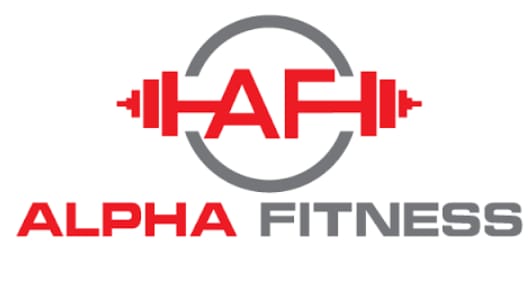We sell home and commercial gym equipment, with strength equipment, cardio, cross training and so much more.


Olympic Trap/Hex bar
KSh 22,000 KSh 20,000
- heavy duty
- max load 500kgs
- strong grip
Description
Olympic Trap/Hex bar
An Olympic trap bar, also known as an Olympic hex bar or simply a hex bar, is a specialized piece of strength training equipment used primarily for performing exercises like deadlifts, shrugs, and farmer’s walks. It is named for its hexagonal or trap-like shape, which allows the lifter to stand within the bar itself. The Olympic aspect refers to the fact that it accommodates Olympic-sized weight plates with 2-inch diameter holes. Here’s an overview of the Olympic trap bar and its uses:
Design:
- Hexagonal Shape: The distinctive hexagonal shape of the trap bar provides two sets of handles, one on each side. These handles allow you to stand in the center of the bar, which is especially useful for deadlifts and shrugs.
- Olympic Sleeves: Olympic trap bars have sleeves at each end, similar to those on an Olympic barbell, where you can slide on weight plates. These sleeves typically rotate to reduce stress on the lifter’s wrists during exercises.
- Built-In Knurling: Many trap bars have built-in knurling on the handles to improve grip, although some may have smooth handles.
Uses:
- Deadlifts: The trap bar is commonly used for deadlifts. The lifter stands within the hexagonal frame, allowing for a more upright and less forward-leaning posture compared to a traditional barbell deadlift. This can be less taxing on the lower back and may be more accessible for beginners or those with mobility limitations.
- Shrugs: Trap bars are excellent for shrug exercises, which target the upper trapezius muscles. The lifter can use a trap bar to perform both traditional shrugs and more dynamic exercises like high pulls.
- Farmer’s Walks: The trap bar’s design makes it well-suited for farmer’s walks, where the lifter picks up the barbell and walks with it, targeting the grip, forearms, and upper back.
- Squats: Some athletes use the trap bar for squat variations, such as trap bar squats. This exercise shifts the load’s center of gravity, making it less demanding on the lower back.
Benefits:
- Reduced Stress on the Lower Back: The trap bar’s design can reduce the shearing forces on the lumbar spine compared to conventional barbell deadlifts, making it a safer option for some lifters.
- Greater Quadriceps Engagement: Due to the upright posture it encourages, trap bar deadlifts may engage the quadriceps more than conventional deadlifts.
- Versatility: The trap bar is versatile and can be used for a variety of exercises, making it a valuable addition to a strength training program.
- Reduced Grip Fatigue: The trap bar’s handles allow for a neutral grip, which can reduce grip fatigue during exercises like deadlifts and farmer’s walks.
When incorporating the Olympic trap bar into your strength training routine, it’s essential to maintain proper form, start with an appropriate weight, and progressively increase the load over time to avoid injury. The trap bar can be an excellent tool for building strength, especially in the legs, upper back, and grip muscles.
Related products
Our store info
Room 2-1
Nairobi, Kenya.
© 2021 Alpha Fitness. All Rights Reserved.









